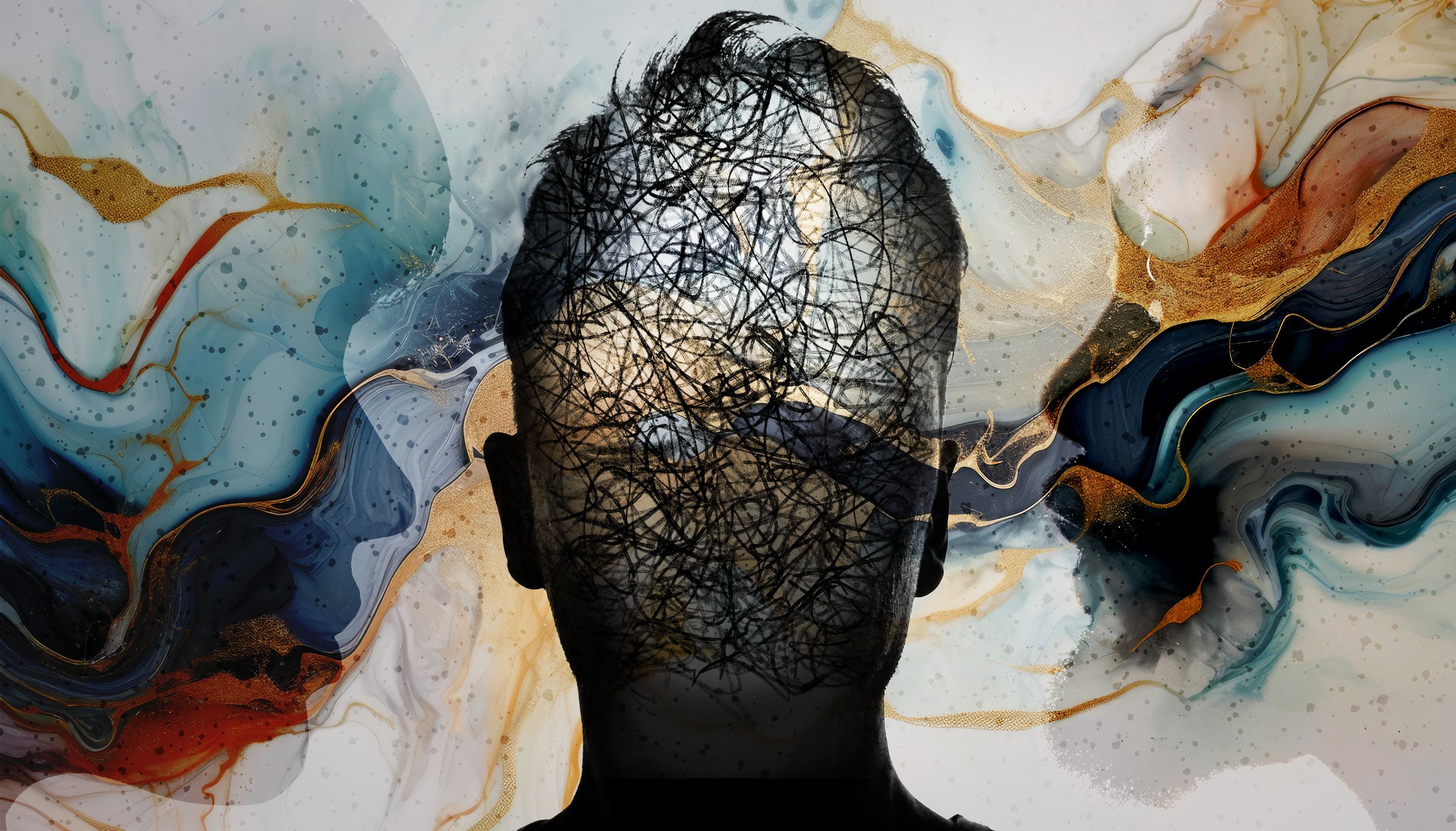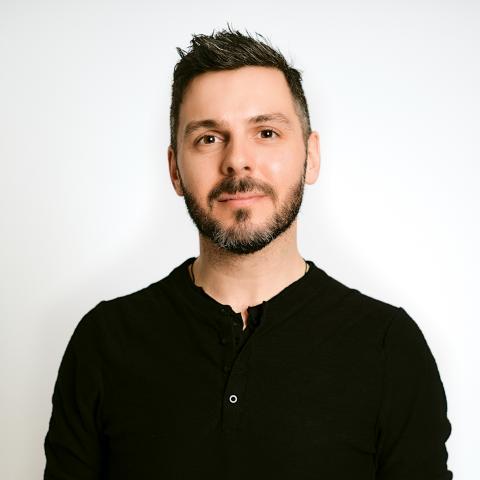Recognizing World Mental Health Day: A Creative’s POV
On this day, October 10, the World Health Organization aims to raise awareness of mental health issues around the world through World Mental Health Day.
As a Creative working in advertising, I wondered how mental health issues affect people working in the creative industry. Has the industry impacted my own mental health? Are my colleagues struggling? Do we need to do more as an industry to create awareness and measures to balance the demands within our careers? I was surprised to learn research by Ulster University suggests people working in a creative industry, such as Graphic Design, are three times more likely to suffer from mental illness than in any other industry. That kind of shook me when I thought about how mental health affects me, and my colleagues who I collaborate with, learn from, and grow with as a designer. I wanted to learn more and share this with our peers and partners in recognition of World Mental Health Day.

So, Ulster University also noted, that the most diagnosed forms of mental illness in creative industries are anxiety and depression. I know working in Graphic Design has its own set of challenges. Some common challenges include:
• Creative block.
• Competition, both amongst our colleagues and competing agencies to win a client.
• Self-doubt and variable levels of success depend on whether the concepts we present are accepted or rejected.
• The flow of creative ideas and processing concepts, at all times of day, outside of working hours.
• Pressure to create unique, never-seen-before concepts that will sell our clients' products.
• Challenges and stigma surrounding mental illness.
As Creatives the work we produce is so often personal. We put pressure on ourselves to come up with fresh new ideas and we then torture those ideas until they’re refined, often outside of working hours and sometimes at weird times of the night, causing us to lose sleep. Our ideas go through lengthy development processes to the finished product, and we put everything we have into our work. We are proud to present our concepts, however criticism about them can be difficult to accept, and processing that can lead to negative thoughts which can be internalized. Second-guessing what a client or audience might want is part of the job. This industry forces you to dust yourself off and try again, and we do, until we get it just right.
Some of the best Creatives I’ve worked with have shared their fear, anxiety, and lack of confidence. It makes them human, better able to understand people’s behaviours and more open to different ways of thinking. So much of what I learned, when looking into the research on mental health issues in creative industries, resonates with me and those who have been open enough to share their feelings with me, but it is not talked about often enough.
We need to do more as an industry to create awareness and measures to balance the demands within our work. Creating healthy work environments, where Creatives can openly share their struggles, has the potential to significantly reduce the mental struggles associated with creative work, and remove the stigmas which remain towards mental illness.
World Mental Health Day 2023 (who.int)
Resources: The Mental health crisis within the creative industries by eloisesands Oct 3, 2022. https://www.mindlessmag.com/post/the-mental-health-crisis-within-the-creative-industries
Mental Health for Creatives by W Therapy
https://withtherapy.com/mental-health-resources/mental-health-for-creatives/
The 9 things I’ve learnt about mental health from working in the creative industries by Holly Kielty https://www.creativeboom.com/features/the-9-things-ive-learned-about-mental-health-from-working-in-the-creative-industries/

